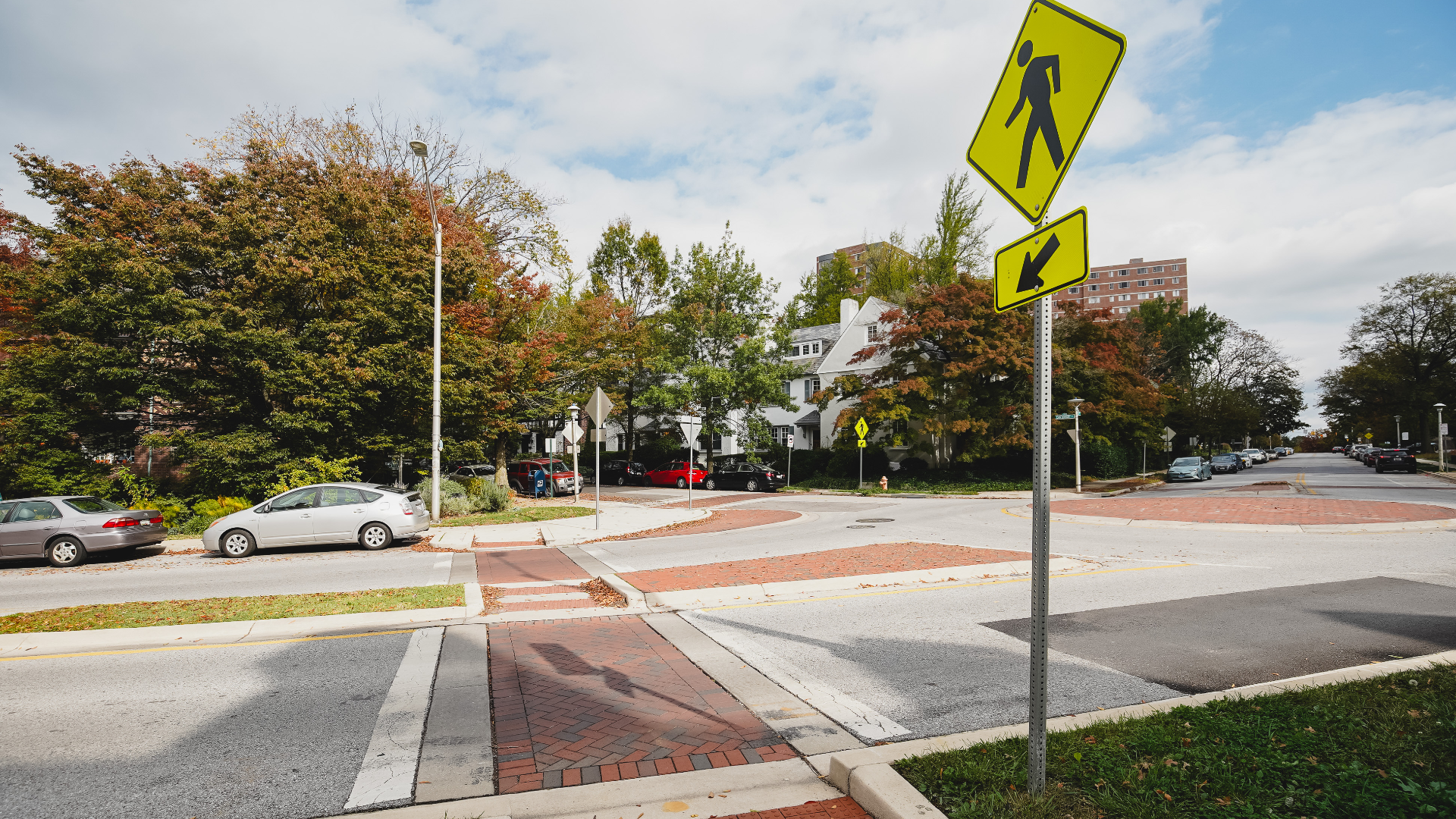March 8, 2023
How can we as an industry make decisions based on analysis, rather than assumptions? This is the fundamental premise behind intersection control evaluation (ICE).
What is Intersection Control Evaluation?
ICE is a framework that guides practitioners through a series of steps to identify the best control solution for an intersection. While it’s becoming a recognized term in the industry, ICE is still a relative newcomer on the transportation scene, and its roots can be traced back to the rise of roundabouts.
Before roundabouts were a widely accepted form of intersection control, engineers tended to default to signals to control intersections that were congested or had safety issues. Using ICE means following a series of steps to evaluate options using both qualitative and quantitative data so that assumptions don’t keep us from finding the best solution for an intersection. Today, it continues to help practitioners evaluate all viable options at intersections and identify where roundabouts or alternative intersections and interchanges (AIIs) may be effective forms of intersection control.

Using ICE means following a series of steps to evaluate options using both qualitative and quantitative data so that assumptions don't keep us from finding the best solution for an intersection.
ICE policies, which specify the instances in which ICE must be performed, and ICE processes, which describe the stages of ICE and which tools to employ, are typically developed at the state level. (Some states roll the two together.) Having formal, statewide guidance to weigh options at intersections brings many benefits, including:
- More confident, data-driven decision making;
- More consistency and transparency in how these decisions are made;
- Consideration of all viable options, including alternative intersections;
- More cost-effective solutions; and ultimately,
- Safer outcomes for the entire road network through the use of detailed analyses to understand the safety implications of design decisions.
It’s exciting to see that more than a dozen states now have state ICE policies and processes and are experiencing these benefits. Read on to learn about the stages of an ICE process, how various states are using them, and where ICE is going next.
It's exciting to see that more than a dozen states now have state ICE policies and processes.
The Steps of an Intersection Control Evaluation Process
ICE processes generally follow a two-stage format:
Stage one is more engineering judgement than it is analysis. This stage guides practitioners to identify intersection control options that could make sense for the intersection at hand. At this stage, we use a combination of planning-level screening tools and good judgment to rule out alternatives that don’t have a feasible path forward. If an intersection control type passes the test of “maybe it would work” or even “I don’t know,” it moves to stage two.
Stage two is where the magic of ICE happens. That is, if by magic you mean running a detailed analysis tool that examines operations and safety performance measures and calculates the benefits and costs of each form of intersection control. Every state has their own set of tools; several states use Federal Highway Administration’s Safety Performance for Intersection Control Evaluation (SPICE) Tool, which draws from the Highway Safety Manual to predict crash frequency and severity for intersection control strategies. At Kittelson, we had the chance to develop the Life Cycle Cost Evaluation Tool (LCCET) through NCHRP Project 3-110 and since its release, have worked with four states (Pennsylvania, Florida, Ohio, and Massachusetts) on customizing that tool to calculate the “net present value” and benefit/cost ratio of an alternative through running a life cycle cost analysis.
The specific processes vary from state to state, with some states having only one stage and others adding a third stage for additional analysis. So what makes a state ICE process successful? We can address this question by looking at an example.
Florida Department of Transportation Centers Safety in ICE
In 2015, Florida ranked as the US state with the most intersection-related traffic fatalities. Aligning with the goals of Florida’s Strategic Highway Safety Plan (SHSP), the Florida Department of Transportation sought an ICE policy and manual that would put intersection safety front and center.

The Florida Department of Transportation sought an ICE policy and manual that would put intersection safety front and center.
Kittelson supported FDOT in developing an ICE process that customized tools based on their identified safety performance measures. FDOT’s process uses a combination of tools:
- An FDOT-modified version of Capacity Analysis at Junctions (CAP-X), a spreadsheet tool that can be used to compare operational performance of different intersection alternatives in stage one
- An FDOT-modified Safety Performance for ICE (SPICE) spreadsheet tool
- A customized FDOT ICE tool for comparing life-cycle cost and benefits of intersection alternatives
The process was developed through FDOT’s Central Office, but individual districts are responsible for implementing it, which has led to effective buy-in and successful implementation statewide. Florida has truly raised the bar in the industry with their commitment to using ICE to make data-driven decisions at intersections. Specifically, their ICE process has seen success because it is:
- Reproducible and consistent. Florida’s ICE process takes out the guesswork by specifying the analysis tools to be used at each stage.
- Up-to-date. As new intersection types are developed, they get added to the tool. The Central Office continues to own and advance this initiative, not seeing it as a “one and done” effort.
- Widely understood. With every new tool and process, training is critical. FDOT delivered customized training in all districts, including two case studies in every district based on intersections that were posing challenges.
National Guidance for Intersection Control Evaluation
To support more states in developing ICE processes, we at Kittelson led an NCHRP project to develop a national ICE guide that compiles best practices and proposes processes and tools for evaluating intersection control alternatives. For us, this was a great chance to bring together the leaders in our firm who have developed or done maintenance on key tools (CAP-X, SPICE, and the ICE tool) and also been a part of developing underlying methodologies of the Highway Capacity Manual and Highway Safety Manual that are used by these tools. The new guide provides actionable information and draws from research to offer states a roadmap for updating existing ICE policies and creating new ones. If you represent a state or local transportation agency, we hope it’s useful for you!
A national ICE guide, released in February 2024, pulls together best practices for states looking to develop and update ICE policies.
Are you ready to explore what an ICE policy or process could look like in your state? Reach out to discuss any of these ideas further!
